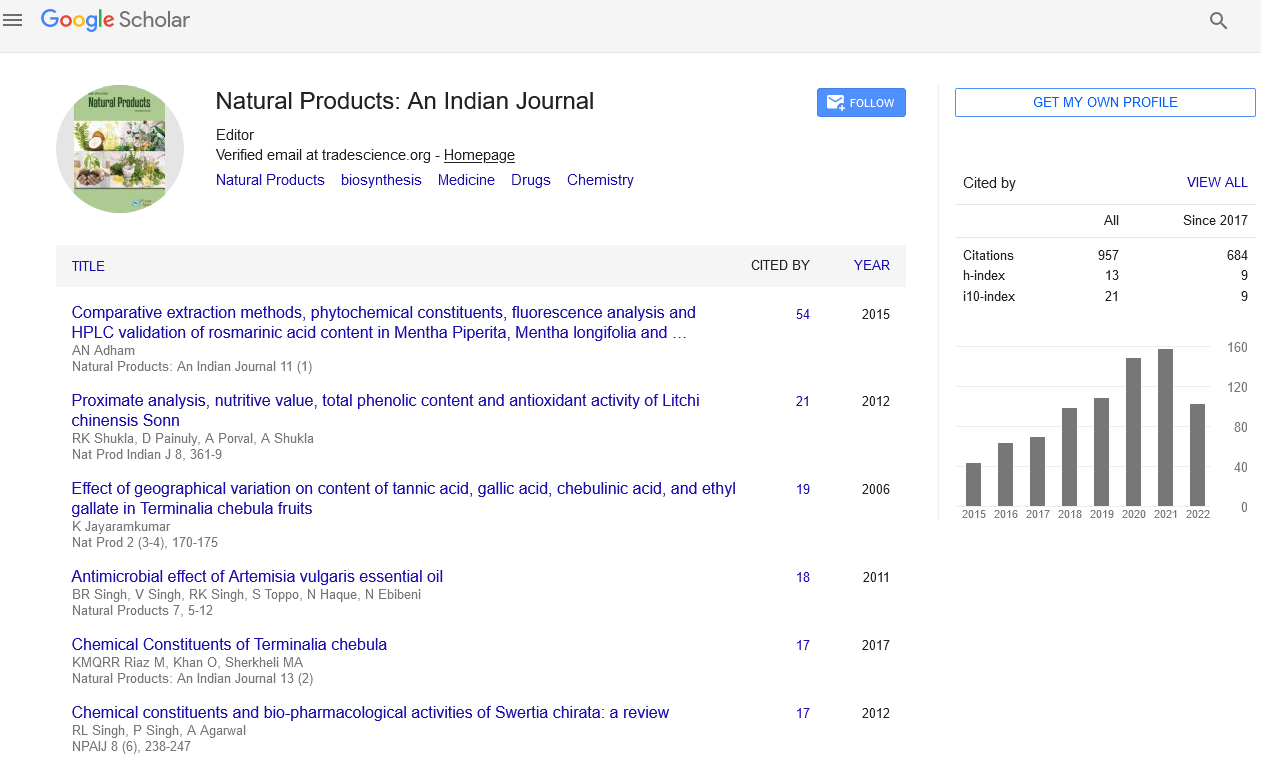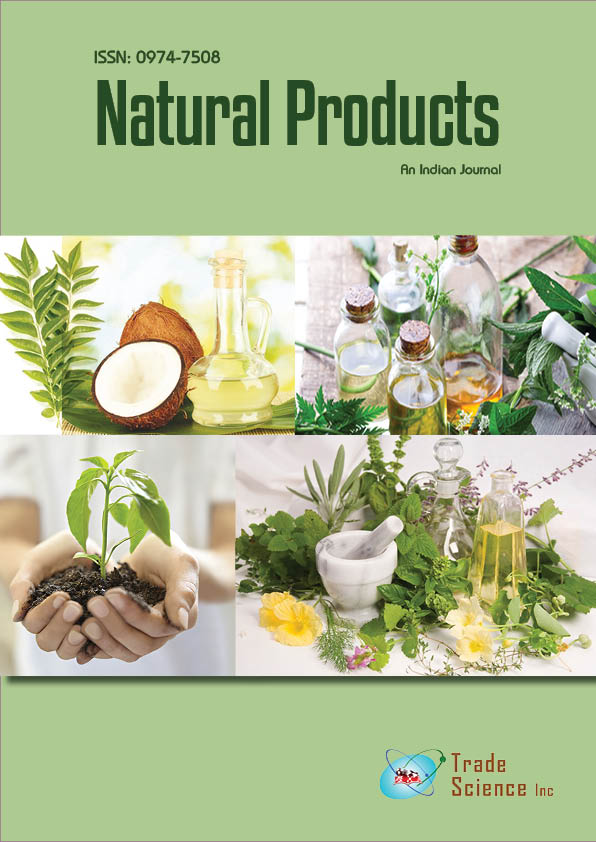Abstract
Effect of physical and chemical factors onmycelial growth of ten wild Nigerianmushrooms during cellulase and amylase production
Author(s): S.G.Jonathan, O.R.AdeoyoIn the previous studies, selected wild mushrooms from Nigeria were assessed for amylase and cellulase production.Within the same submerged liquid medium used for these enzyme analyses, the test higher fungi also produced some quantities of mycelial biomass under different growing conditions. In the present studies, influence of environmental factors and nutrient sources on mycelial biomass production of ten wild Nigerian mushrooms (Pogonomyces hydnoides, Termitomyces clypeatus, Nothopanus hygrophanus, Podoscypha bolleana,Corilopsis occidentalis, Agaricus blazei, Termitomyces globulus, Coriolus versicolor, Pleurotus tuber-regium and Agaricus sp.) during cellulase and amylase production were investigated.All the test fungiwere able to producedmycelial biomass between temperature range of 25 and 40 0C. The optimal temperature that supported the best vegetative growth (113 mg/30ml) during amylase production inAgaricus sp was 25 0C.Agaricus blazei, Coriolus versicolor and Termitomyces globulus also produced mycelial biomass of 106,104 and 103 mg/30ml respectively at 250C. Likewise, all the fungi were able to produce mycelia at pH range of 3.8 and 7.8. The best mycelial dry weight (113 mg/30ml) were obtained during cellulase production in Termitomyes globulus at pH of 6.8. Termitomyces clypeatus had the highest significant mycelial yield of 117 mg/30ml when the medium was supplemented with carboxymethylcellulose (CMC). Similarly, highmycelial yield of 119, 116, and 114 mg/30ml were obtained for Pleurotus tuber-regium, Coriolus versicolor and Agaricus sp. respectively when the medium were supplemented with yeast extract at 280C and pH of 6.8.

